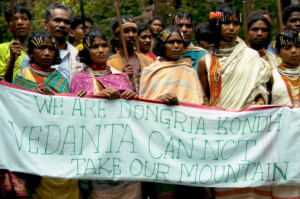
From Kalinga to Vedanta the transformation hovers around Ripley’s realm. Here was a bunch of people who, a little over 2,000 years ago, were feared for their mercilessness, respected for their heroism and courage, people who were the subcontinent’s first frontiersmen. They excelled not only in war but trade as well; maritime commerce flourished with Java, Sumatra, Borneo and Malaya. Later when their emperor, Ashoka, famously repudiated gore and glory, the edicts to peace and sacrifice literally carved in stone were taken to heart. Just a couple of millennia later, the metamorphosis is complete. The once-valiant tribes of Kalinga, chunks of which form the people of Odisha today, are a helpless, displaced lot and they continue to be threatened off their backyards – the bauxite-rich hills which are troves for mining companies. ‘The Oriyas are a non-agitating people,’ Lord Curzon remarked in 1912 in the House of Lords while advocating the unification of Oriya-speaking communities. He further observed that ‘the people have been sacrificed without compensation’. The words of the widely-travelled viceroy turned out to be prophetic, dangling over the future of the tribal communities of Odisha like the sword of Damocles even more than a hundred years on.
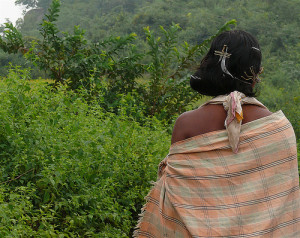
The once-ferocious tribal communities of Odisha are today sitting ducks to the juggernaut of development that rolls on unmindful of culture and heritage even the environment. There are a total of over 60 tribal communities – including more than a dozen primitive ones – in the dense forests flanked by the Eastern Ghats in interior Odisha. The best way to get near some of them would be to see James Cameron’s 2009 blockbuster, Avatar. Less the android beings, multi-hued simians and other fantastic creatures, the Na’vi tribe becomes the Dongria Kondh – a tribe of less than 10,000 – who recently won a prolonged battle against UK-based, Indian-owned mining company Vedanta Resources; a legal fight which saw unprecedented support pour in from all over the world. But not before many of the members were relocated from their mud-and-palm leaf houses to concrete ones and parts of their sacred Niyamgiri Hills cut open. Not just the Dongria Kondhs but all the major tribes of Odisha are threatened today – the ‘insensitive juggernaut’ comes in many forms and doesn’t give up that easy; it is just a matter of time before they too will be relegated to mere spectacles of somnambulistic swaying in sneakers, doused in local liquor and labelled ‘tribal festivals’. Before that happens, probably the best way to see this primordial tapestry of rich culture and heritage in their ethnic best is the weekly haat or the village fair. Wading into the dense jungles is never really a good idea and to make matters worse, Maoists freely roam the forests; a few years ago they kidnapped two Italian tourists forcing the government to ban ‘tribal safari’ which was a money-spinner staple of tour operators. So it is the haat for you, covered over five working days. The weekend is for Raghurajpur, a legacy where you come in.
Monday: Dongria Kondh at Chatikona
The Kondhs are one of the largest tribal communities of Odisha and the Dongria Kondh is a very small and endangered subgroup. They stay in the lush Niyamgiri Hills, revering and protecting the mountains and the streams. The Dongria Kondhs come down from the mountains with their fruits, vegetables and livestock which is bartered or sold at the weekly market at Chatikona. Chatikona, 50km from Rayagada town, itself is a picturesque village surrounded by hills and valleys with a famous Shiva Temple.
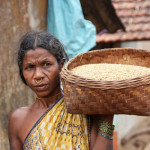
Tuesday: Parajas at Ramagiri
‘Parajas’ comes from a Sanskrit word meaning ‘common people’. The community who lives in the backward Koraput and Kalahandi regions are primarily a clan of cultivators and originally migrated from Madhya Pradesh around the second century. While the men engage in agriculture, the women are engrossed in weaving baskets and raising livestock which find their way to the weekly haat at Ramagiri. The nearest town is the seaside town Ichapuram in Andhra Pradesh’s Srikakulam district.
Wednesday: Gadabas in Gupteswar
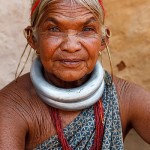
Among the earliest settlers in the country since the Ramayana times, the Gadabas are a Shamanistic tribe who have been continuously ejected from their pastoral villages to make way for the slew of hydro electric projects that mushroomed since the 80s. Only recently some have begun living in concrete houses with tiled roofs. The Gadaba women wear earrings believed to be the biggest in the world and their neck rings called ‘Khagla’ weigh close to a kilogram! The khagla can be removed by a blacksmith only after death. Both women and men wear their hair long, done up with flowers. The tribe, despite abject poverty, is fond of music and dance. Gupteswar, due to its association with the Ramayana, is a pilgrim town in Jeypore and 20 km from Ramagiri Hills.
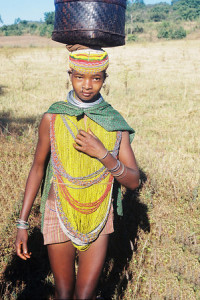
Thursday: Bondas in Onkadeli
Apparently the Bonda women sniggered at Sita when she was bathing and the enraged goddess cursed them to a life of nudity and shorn heads. The voyeurs pleaded for mercy and Sita threw them a piece torn from her sari – which became their ringa or waistcloth. They are a savage tribe known for their aggressive ways and their weekly market at Onkadeli gets boisterous as dusk falls. In a secluded spot in the weekly bazaar, hadia or rice beer is served; considered a revered space as relationships are made or broken here. Talking about relationships, the Bondas is a matriarchal society and the women generally prefer men younger than them for marriage. The sturdy Bondas walk 50 km to Onkadeli in Koraput for selling or exchanging everything from livestock to kitchen utensils. A large number of Gadabas can also be found at Onkadeli on the haat day.
The Bondas are not very fond of being photographed when drunk; cameras are not usually allowed into the Onkadeli market as it’s a high-security alert area.
Friday: The Kundli Haat
One of the most popular weekly markets in the area, Kundli is along the Jeypore – Vijayanagaram Highway. It is a big market which supplies vegetables to retail markets in the nearby areas including parts of Andhra Pradesh. The fair is frequented by many tribes like the Bondas and the Parajas as well as members of the lesser know Bessia tribe.
Weekend at Raghurajpur. And ‘do right’.
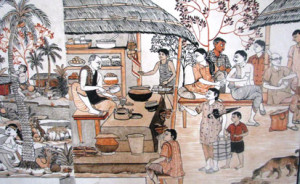
Raghurajpur breathes art. This pretty village nestled by the banks of the Bhargabi River, 15 km from Puri, is festooned by swaying coconut and palm and ripe mango and jackfruit trees. A heritage arts and crafts village, all the families engage in some traditional Odishi art form – pattachitra, silk painting, stone carving, betel nut painting, tal chitra, toys from cow dung and papier mache. The walls of the houses are decked with mural paintings giving the place a very positive vibe. The villagers are ever-smiling and take you around; you can even stay with the artists at their houses, eat with them and learn their craft. These generous folks expect nothing in return even though they struggle to make ends meet. Their works which take anywhere from a few days to a few months and cost between Rs 500 to a few lakh rupees depending on the work and embellishment involved are sometimes picked up by tourists who have started to trickle in. However middlemen and commission agents remain a bane. Do Right, an initiative by Tata Capital, a leading financial services provider in India, intends to create a website where the artisan families with their works are profiled thus enabling them to get in touch with buyers directly from all over the world.

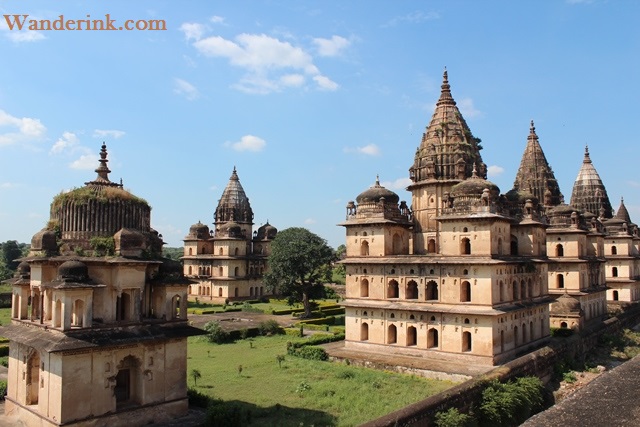

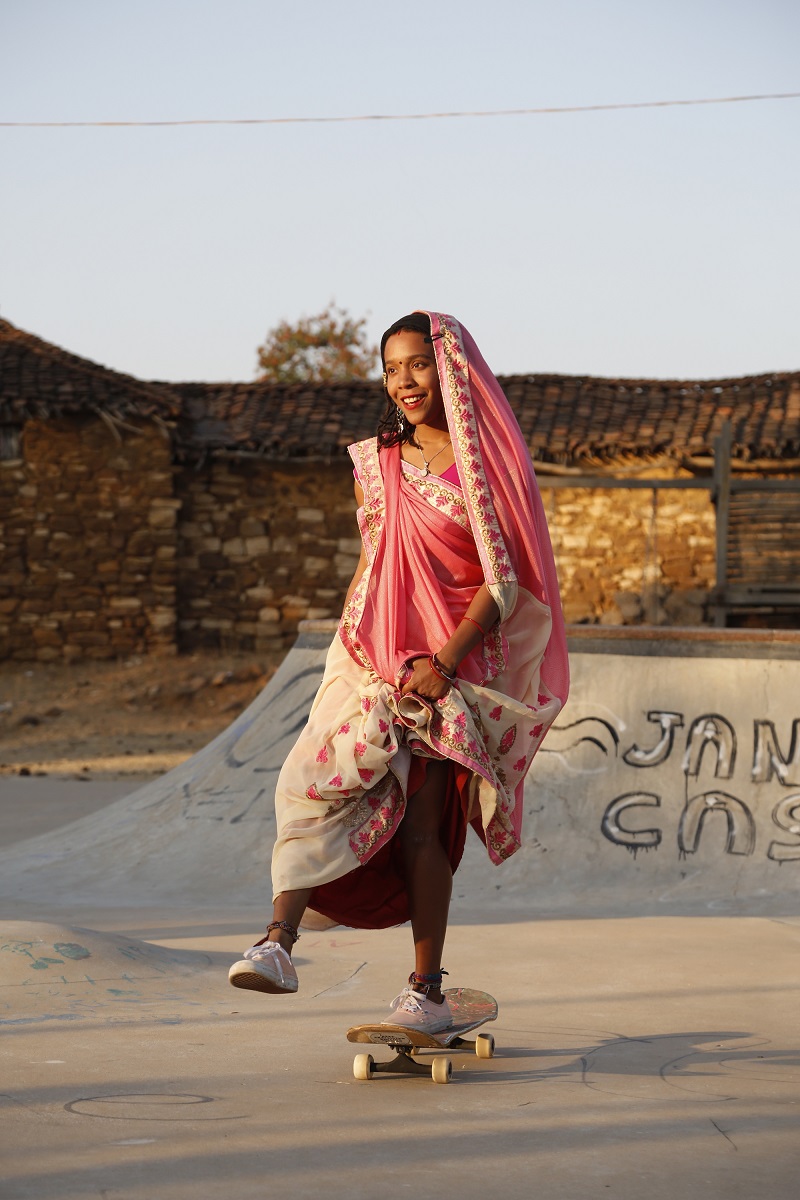

6 Comments
The Lit Room
I rarely leave comments on other blogs but there was no way this post would have let me leave unnoticed. I absolutely love this piece of writing.
wanderadmin
Hey, thanks guys!
Johann R
Hi ! Thank you for writing this. But can one trust the days for the haats you mention ? Chatikona happens on wednesdays and not mondays. So… wondering if I can follow this article to program a haat visit to other places mentioned.
Admin
There are sudden off days, geopolitics. But largely you can follow this. Even if you miss one just put in 20 or odd km. And voila!
Jitu Mishra
There are wrong pieces of information provided in this post.
Thommen Jose
Can you please explain?